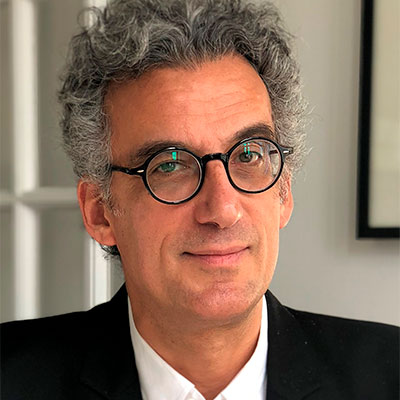The voice of every animal (including birds, dogs, lions, sheep, seals, frogs, cats, chimpanzees, mice, us) shares at least two traits in common: they are sounds powered by the lungs and emitted through the mouth; and every voice (barks, whinnies, whines, chirps, squeals, meows, ribbits, roars, the State of the Union address) derives from a common ancestor, an animal we don’t ordinarily associate with voice: fish.
To understand how this could possibly be so, we must travel to a time around 530 million years ago, when the first fish evolved. Like their living descendants, these ancient fish sustained life by extracting oxygen from the water and expelling CO2 with a specialised membrane that lines the inside of the throat: gills.
Some of these primordial fish, however, evolved in shallow lakes or swamps and during droughts would become stranded on land. Many suffocated to death, but at least one was lucky enough to undergo one of those random mutations that drive natural selection.
In this case, a possible copying error in one of the genes responsible for building gills, rendering the subtly altered membrane capable of pulling a little oxygen from the air – a tiny sip that kept the landlocked fish alive long enough, not only to survive the dry spell, but to mate and pass along the mutated gill gene and the tiny survival advantage it conferred to its offspring.
Over hundreds of thousands of years, and many other random mutations that improved the animal’s ability to survive on land, a new species evolved in these swampy, shallow-water areas, a transitional, hybrid animal that possessed both water-breathing gills and rudimentary air-breathing lungs, which had formed from the hollow swim bladders it used for flotation. These creatures are known as lungfish, and they are our oldest air-breathing, land-dwelling relatives.
- This is the Voiceis one of our topscience booksfor March 2021
They can still be found in the swamps of South America, Africa, and Australia: remarkable animals so little changed from their ancient ancestors that they are known as “living fossils.” Darwin, in the Origin of Species, used the lungfish to illustrate a central concept of evolution by natural selection: namely, that “an organ originally constructed for one purpose” (the swim bladder, for flotation) “may be converted into one for a wholly different purpose” (the lung, for respiration).
Thus did Darwin document a crucial milestone in the origin of what would become our human voice: the emergence of the air-propelling bellows that powers our speech and song. It was, however, up to another scientist, writing seven decades later, to reveal how another key adaption in the lungfish gave rise to the voice.
Victor Negus was a 34-year-old First World War veteran, in 1921, when he began a residency in throat surgery at King’s College Hospital in London. There, he undertook a research project on “the production of voice in animals and man.” The planned two-year thesis stretched to nine years, as Negus dissected an ever-growing menagerie that included fish, lizards, frogs, birds, and various mammals.
From seeking to learn how the voice is produced, Negus found himself on a quest for where it had come from. The resulting 500-page treatise, The Mechanism of the Larynx (1929), became the most important reference work on the subject for the next half century and the basis for his eventual knighthood. As Negus showed, our voice starts with the lungfish.
Read more about human evolution:
He introduces the animal on page three, where he describes the dissections he performed on an Australian species called the Lepidosiren. He notes how a hole had developed in the gills that separated the throat from the digestive tract, creating an opening in the bottom of the mouth that led into the swim bladder, whose lining had thinned to the point where oxygen could diffuse through the membrane into the blood vessels beneath: the primitive air-breathing lung. No more suffocating when landlocked.
But the hole in the animal’s throat also left the creature vulnerable to drowning when it returned to its aquatic existence. “Therefore,” Negus wrote, “it became imperative that only air, and not water or other harmful substances, should enter [the lung]. With this object in view, a valve was evolved to guard the entrance to the pulmonary out- growth.”
Our vocal cords are an inheritance from these ancient fish – a valve that opens and closes over the opening to our windpipe and that we hold in the open position to allow air to pass to and from our lungs (as we breathe), but which we snap closed over the windpipe when “water or other harmful substances” threaten to enter our lungs and choke us to death – or when we wish to make voice sounds.
Air pushed up from the lungs encounters the barrier of the closed vocal valve which makes the membranes flutter and flap against each other in the same way that your lightly sealed lips flap noisily against each other when you blow araspberry.
This is the Voice by John Colapinto is out now (£20, Simon and Schuster).
- Buy now from Amazon UK, Bookshop.org or Waterstones
